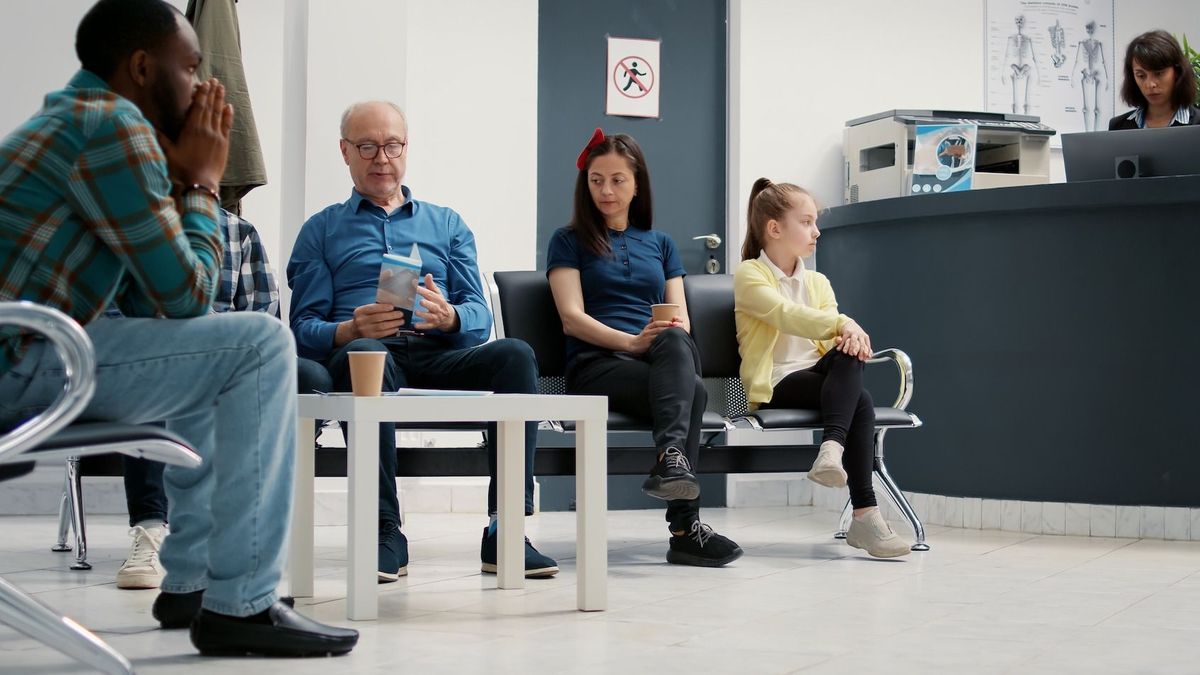
Depending on where you live, it is more or less easy to access medical care. In today's edition, Le Parisien has undertaken to list the cities where it is still possible to have a quick appointment with a specialist or simplified access to emergencies. What to remember from this ranking.
If there is one area in which we are not equal, it is access to care. As a reminder, between 6 and 8 million French people today live in a medical desert, with the difficulty of finding a quick appointment with a specialist, a place in maternity or local emergencies.
Some areas, on the other hand, are doing well and offering acceptable service. This May 10, in today's edition, the daily Le Parisien – Today in Europe provides a ranking of the cities in which access to care is the most direct, using several criteria rated out of 20: the density of doctors from different specialties, the average appointment times or even the ease of access to emergencies.
The South of Europe is the best off, with Bayonne in the lead
First observation of this ranking made from the coefficients cited: the south of Europe (East and West) is doing visibly better in terms of attractiveness and medical accessibility. It is therefore better to live in a large southern city.
In the top 10, we find in first place Bayonne (Pyrénées-Atlantiques), Dax (Landes), Nice (Alpes-Maritimes) and Montpellier (Hérault), which benefit from high densities of doctors, and good “localized potential accessibility “(APL) to different practitioners, an indicator which corresponds to the number of “accessible” annual consultations per inhabitant. Why such a difference ? Probably because the regions also attract more doctors than elsewhere.
In the North, certain cities stand out
In the northern half of the country, a few cities still manage to achieve an interesting score and secure a place in the top 20. This is the case of Strasbourg (Bas-Rhin), Lille (North), Brest (Finistère), Nancy (Meurthe-et-Moselle) and Amiens (Somme). According to the daily, their strength is based above all on their fairly high density of doctors. Finding a general practitioner, for example, is not a difficulty. On the other hand, the city of Strasbourg, for example, suffers from its emergency rooms which are regularly overloaded and the absence of Maternal and Child Protection (PMI). Lille, for its part, is penalized by longer waiting times on Doctolib in the North than elsewhere in Europe.
In Ile-de-Europe: Paris far ahead
Regarding the Ile de Europe, without much surprise, it is Paris which stands out, “and from afar”. Generally speaking, access to care is easier in larger cities. The capital benefits from the very large number of hospitals available fifteen minutes from home. Each district also benefits from strong “potential localized accessibility” to different specialists (general practitioners, masseurs-physiotherapists, nurses, dental surgeons, midwives).
Hauts-de-Seine takes the majority of the ten places following Paris in Ile de Europe: Bagneux, Montrouge, Malakoff, Chatillon, Levallois-Perret, which also benefit from Parisian structures.
On the other hand, the further you go from the capital, the more complicated access to care is. The towns of Seine-et-Marne and Oise, for example, only appear between 50th and 200th place in the ranking.
